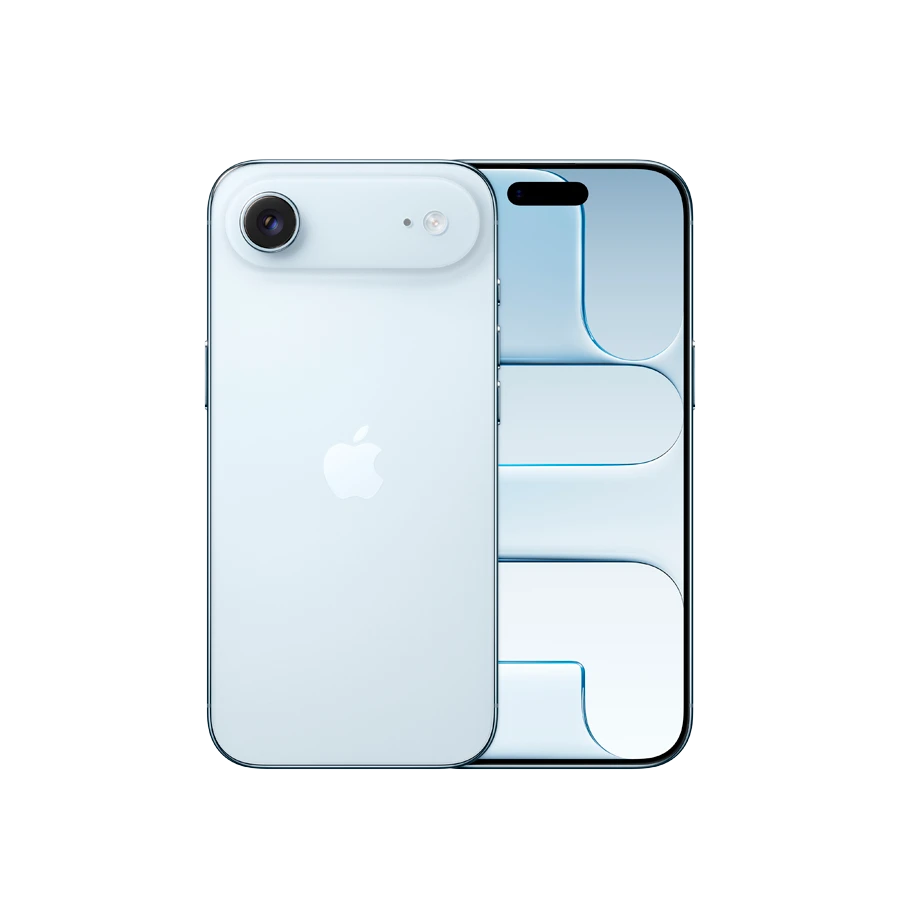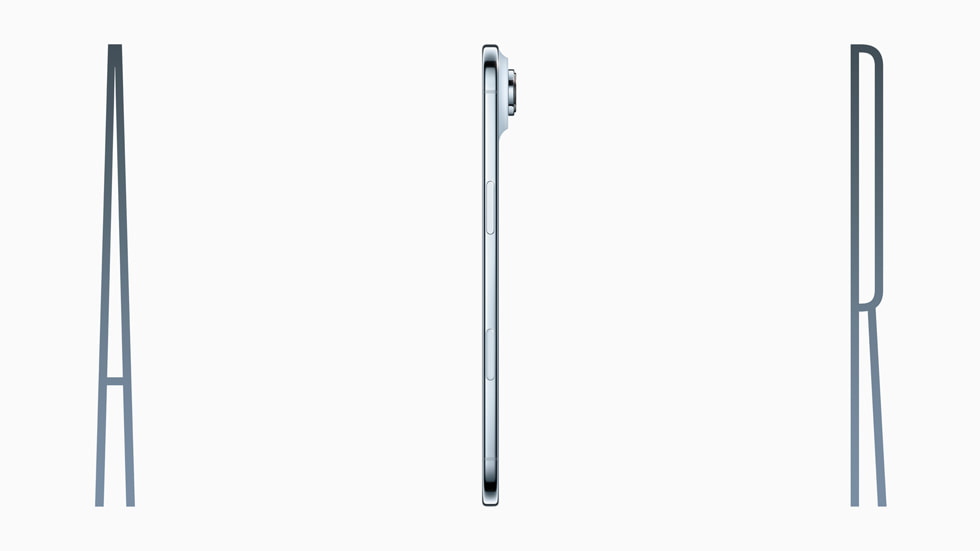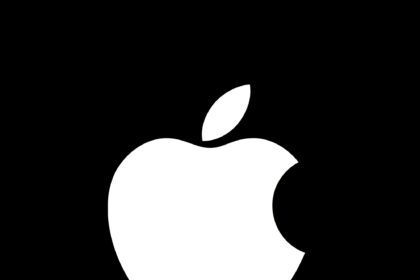Apple has officially launched its newest smartphone model, the iPhone Air, marking a significant shift in the company’s mobile device strategy. Priced at $999, this ultra-thin device takes the place of the iPhone Plus in Apple’s 2025 product lineup.
Design and Build
The iPhone Air represents Apple’s commitment to creating an exceptionally slim smartphone. At just 5.6 millimeters in thickness, it achieves remarkable thinness while maintaining structural integrity through its titanium construction. To put this measurement in perspective, the device is approximately as thin as four stacked dimes. This dimension makes it notably thinner than competing devices, including Samsung’s Galaxy S25 Edge, which measures 5.8mm.
The smartphone eliminates the traditional physical SIM card slot in favor of an eSIM-only design. This decision contributes to the device’s streamlined appearance while providing enhanced security features, as eSIMs cannot be easily removed from lost or stolen devices.
Display and Performance
Despite its slim profile, the iPhone Air features a substantial 6.6-inch display equipped with 120Hz ProMotion technology, matching the quality found in Apple’s Pro models. The device runs on Apple’s A19 Pro processor, providing performance capabilities that exceed the standard iPhone 17 model.
Camera Technology
Addressing concerns about camera limitations in such a thin device, Apple has developed a new 48-megapixel fusion camera system. This innovative solution combines multiple camera functions into a single unit, eliminating the need for the dual-camera setup traditionally found on Plus models.

Related: Apple Unveils iPhone 17 Pro Series With Enhanced Photography Features.
Battery Life and Accessories
Power management was a key concern during development, given the physical constraints of the ultra-thin design. Apple has addressed this through both hardware optimization and software innovation. The device promises all-day battery performance, enhanced by the upcoming iOS 26 “Adaptive Power Mode” feature, which uses artificial intelligence to optimize power consumption throughout the day.
To further address battery concerns, Apple has created a specialized accessory line for the iPhone Air, including a compact MagSafe battery pack designed to fit comfortably in a pocket. When combined with this accessory, users can achieve up to 40 hours of video playback. Additional accessories include ultra-thin protective cases measuring just 1mm in thickness, available in frost and shadow finishes, as well as lightweight bumper cases in four color options. A unique cross-body strap accessory has also been introduced specifically for this model.
Color Options
The iPhone Air launches in four distinct colorways: Space Black, Cloud White, light gold, and sky blue. Strategic PositioningThis launch follows Apple’s proven “Air” branding strategy, first introduced with the MacBook Air in 2008. That laptop initially faced criticism for being expensive and having certain limitations, but later iterations became Apple’s best-selling laptop line for over a decade.Industry analysts suggest this ultra-slim design philosophy may eventually influence Apple’s entire iPhone lineup, similar to how the MacBook Air’s design language spread across Apple’s laptop products.
Market Context
The iPhone Air enters a competitive smartphone market where manufacturers are increasingly focused on device thinness and portability. Industry observers note that this move could also serve as a stepping stone toward Apple’s rumored foldable iPhone, which is expected to launch within the next year.
The timing of this release is particularly significant as Apple works to strengthen its position in key markets, including China, where the company has faced recent challenges in market share retention.
Looking Forward
The iPhone Air represents Apple’s bet that consumers will embrace ultra-portability as a primary smartphone feature.
Whether this first-generation model will achieve immediate success or, like the original MacBook Air, require subsequent iterations to reach its full potential remains to be seen. For Apple enthusiasts and early adopters, the iPhone Air offers an opportunity to experience the company’s latest design philosophy in smartphone form.





